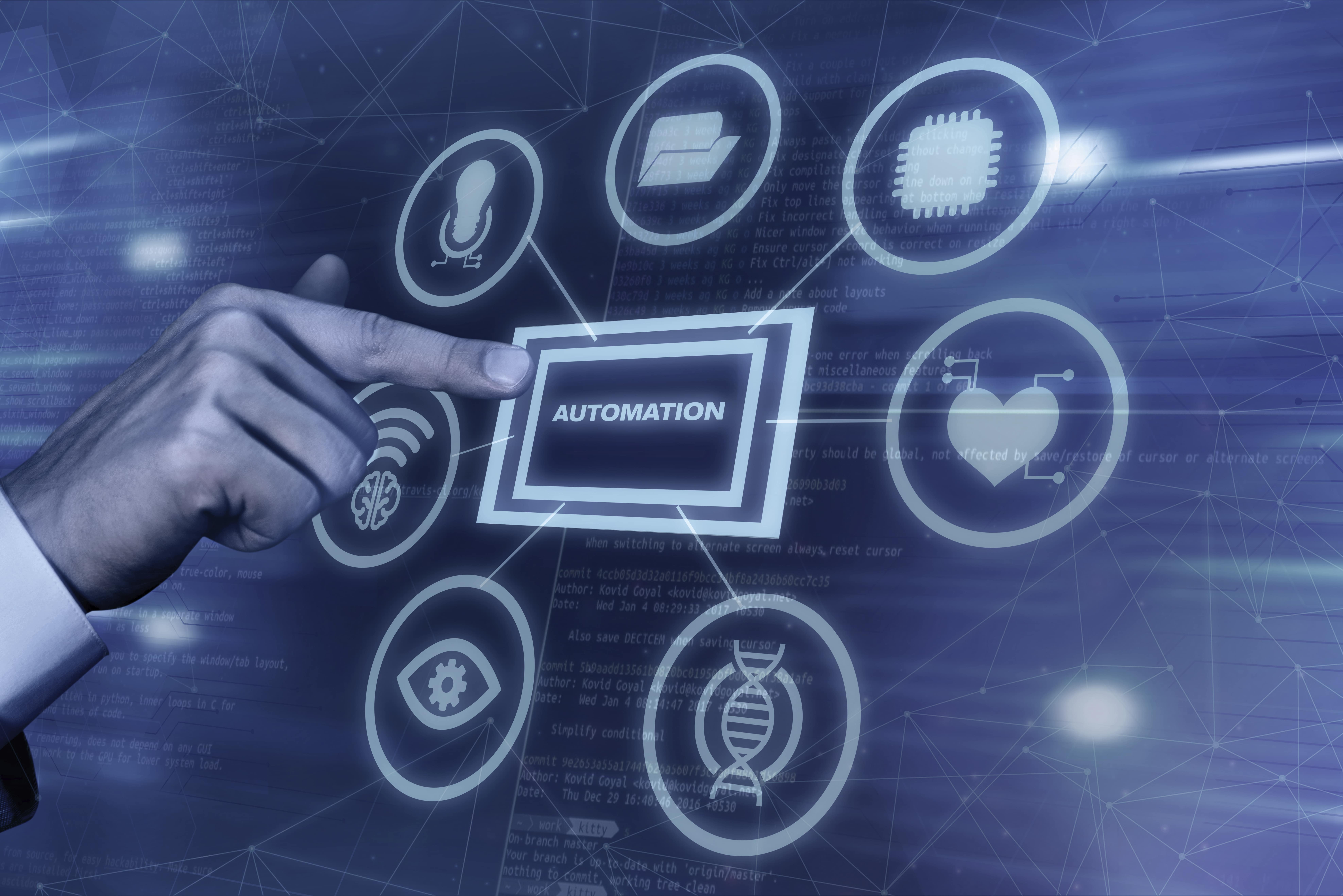Such numbers highlight the growth and expansion of the AI sector and the increased integration of machine-learning practices in different industries worldwide.
This increased adoption of ML results from its different benefits and advantages. Integrating machine learning can help enhance efficiency and drive innovation by optimizing different business processes and systems.


Understanding Machine Learning
This technique can be incorporated into different software and services, enabling the product to adapt to user behavior, automate tasks, and improve functionality. This results in highly user-friendly applications and software.
Machine learning algorithms help businesses easily identify patterns, forecast trends, and gain insights useful for data-based and strategic decision-making. This, in turn, can help improve efficiency and drive better innovation according to user needs.
The Benefits Of Machine Learning Integration
Enhanced User Experience
The increased intuitiveness ensures higher customer engagement, therefore leading to better user satisfaction and retention rates.
Data-Driven Insights
In addition, ML integration can help analyze data in real-time, enabling the identification of trends for improved decision-making and outcomes.
Improved Work Efficiency
Risk Management
Improved Decision Making
Predictive Analysis
Therefore, by leveraging machine learning, businesses across sectors can gain a competitive edge through improved decision-making, efficient operations, enhanced customer experiences, capitalizing on emerging opportunities, and innovative development.
How To Integrate Machine Learning
- Outline Your Usage :
Automated content generation helps save time for businesses and professionals who must release new content daily.
Make sure the ML area you choose aligns with your business goals and values. - Prepare Data :
After identifying the areas where you can integrate machine learning algorithms, the next step is to collect relevant data from different sources and organize it. This will help your ML algorithms to produce meaningful results. - Choose The Algorithm :
The next step is to choose the right ML algorithm according to the data, the complexity of the problem, and the desired outcomes. - Train The Algorithm :
Prepare and pre-process your data and feed the algorithm with labeled data, enabling it to learn and make predictions. - Evaluate The Results :
Feed a different data set to your algorithm and check for the results. This will help you analyze its accuracy and effectiveness. At this step, you can adjust the parameters and improve features. - Integrate The ML :
Once you are satisfied with the training of the machine learning model, integrate to your business processes for task automation and forecasting.
With these few simple steps, you can integrate machine learning algorithms into your processes for improved efficiency.
Machine Learning Integration Use Cases
- Chatbots In Custom Service :
The introduction of chatbots has transformed the face of customer service by enabling 24/7 customer support. These chatbots use ML in real time to analyze custom requests and behaviors, providing appropriate responses. - User Personalization :
By enabling personalization, ML helps deliver better user experiences in terms of personalized recommendations, customized marketing campaigns, etc. This helps improve conversion rates and user retention. - Healthcare :
The use of ML in the healthcare industry has led to innovation in the treatment and diagnosis processes. With ML integration, applications can easily process patient data, test results, and images, enabling healthcare professionals to make accurate diagnoses. - Supply Chain Optimization :
ML-driven applications can help predict demands, therefore assisting in effective resource allocation and optimum inventory levels based on real-time information. This helps minimize stockouts and prevent overstocking. - Security :
The introduction of audio, video, and voice recognition has enabled better security measures. In addition, ML algorithms can detect and ban vulnerabilities and threats, enabling real-time cybersecurity in business applications.
Conclusion
In addition, through predictive analysis and data-driven insights, machine learning assists businesses in forecasting trends, helping create innovative products according to future requirements.
Related Tags
What Our Clients Say
John Miller
"Working with OpenMalo Technologies has been a game-changer for our business. Their innovative approach and expertise in technology have helped us transform our ideas into reality. The team's professionalism and dedication were evident throughout the project. They completed the tasks within the specified timeframe and budget, exceeding our expectations. We are grateful for their partnership and look forward to collaborating on future projects."
Arjun Menon
"I am extremely satisfied with the services provided by this web and software development company. Their attention to detail and commitment to delivering high-quality products is commendable. The team was responsive, proactive, and always willing to go the extra mile to meet our requirements. I would highly recommend their services to anyone looking for top-notch web and software development solutions in India."








































.png)



